01
The Behavioral
Optometrist
Seeing well means more than just having “20/20 acuity”. Our eyes do not only have to point and focus, but they have to convert information into a meaningful entity. Seeing well is a learning process where visual skills are developed and adapted to each other.
Which Visual Skills?
- The ability to move one’s eyes freely ,without moving the rest of the body
- Both eyes should work as a “team” to focus on the same spot and remain clear and single vision. Depth perception results from perfect team work of both eyes.
- Focusing both eyes on different distances, alternately and flexibly.
- The peripheral vision is required to observe the place where we are in one look. The peripheral vision should also be active during reading, therefore we will not lose the place on the sheet.
The information that is provided by these visual skills, is processed in the brain, where visualization and visual memory play an important part.
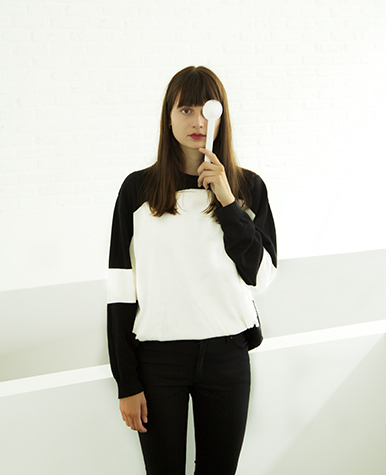
A behavioral optometrist applies different tests to study these functions, thus he can get insight about the person’s visual problems.
Visual complaints often get minimized even though our eyes are the most important sense and tool to efficiently process numerous demands and triggers that surround us in our study and work environment.
These are some examples of visual complaints: blurry sight/ double sight/ tired eyes/dry and irritated eyes/ lazy eyes/ crossed eyes/ no or limited 3D sight/ headaches/ lessened concentration /reading issues/etc.
In these cases a visit to a behavioral optometrist is recommended. This professional can approach the problem with vision therapy and/or syntonic optometry (light therapy).
02
Learn to See
Consciously
Many times it occurs that visual complaints cannot solely be solved by glasses or contact lenses. Sometimes the core problem is that we use our eyes the wrong way, which causes visual stress. This limits the stamina of the eyes. Your eyes will be tired sooner and therefore will not be able to perform as well.
The eyes will get stressed, because we look at computer screens, smart phones, tablets or other displays with great excess and from a wrong distance.
A behavioral optometrist will give advice about the subject ‘visual hygiene’, to result in a better and more conscious use of the eyes.
After conducting tests the behavioral optometrist also offers vision therapy when it seems that the visual skills are not developed properly. Visual skills are obtained by a learning process and therefore visual therapy can improve the development of it.
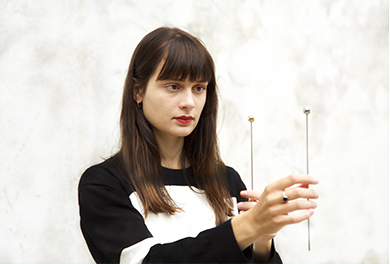

The goal is to improve the visual skills by performing different kinds of eye exercises .
This results in seeing more flexibly and comfortably, which causes longer and better performances. Not only vision therapy, but also light therapy can be used to address certain visual complaints. This “therapy focusses on bringing the whole body in balance”
by using colored filters with certain wavelengths, which resolves certain functional disorders.
A behavioral optometrist can teach you to use your eyes more consciously, therefore the comfort zone will enhance and the performance under stress will be improved. Vision and/or light therapy results into the building of reserves which will enhance the period of “seeing comfortably”.
03
Visual Stress
Stress is caused by continuous external stimulants that react to the body and mind. These factors can result in side effects in these areas.

Visual stress occurs more often because we use our eyes to look from short distances for long periods of time, because of our demanding work load and pressure to achieve. Visual stress arises at near point. By nature our eyes are not meant to look at near distances, but at far distances.
Visual stress can express itself as tension in the eyes, exhausted eyes, tension headaches, dry eyes, irritated eyes, etc.
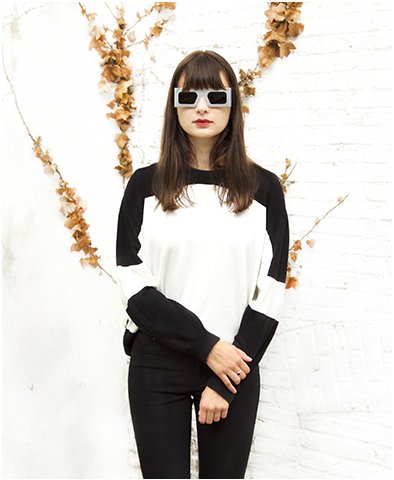
Because of these ongoing complaints and tension (visual stress) the eyes will adapt to this negative situation. We often do not have reserves left to take care of this extra activity and therefore the structure and functioning of the eyes will suffer.
This can be the reason that people will become nearsighted or develop problems with focusing on short distances (=computer distances). It happens that the collaboration between both eyes cannot manage this overstimulation. Therefore, it is possible that the eyes cannot team efficiently (cross-eyed) or that one eye will be suppressed which can lead to a reduced stereo vision.
Visual stress can be reduced or even diminished when we adapt correct posture and when we use eye exercises and/or light therapy to build reserves. The term 'reserves' stands for the development of necessary skills of the visual system, which enable an efficient way of looking when under stress.
04
The Most
Vulnerable Group
Doing well at school requires a considerable stamina, both visually and mentally, since school activities are mainly taking place at near point, where visual effort is necessary. Often, children cannot cope with these kind of situations , and that can provoke the following conditions:
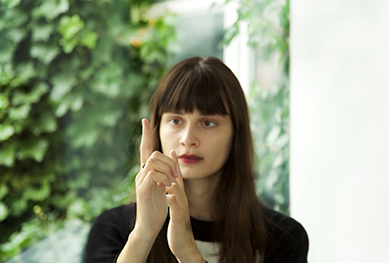
Blurred vision during reading; reading without significance ; holding the text too closely, bending the head too much; short attention span; skipping words and/or sentences; switch numbers and/or letters; lose the spot on the page; covering one eye during reading; complaints about headaches when working at near point; clumsy handwriting; bad eye/hand coordination.
These symptoms show that the visual system is under pressure and that optimal achievement is not possible.

Children have flexible visual systems, but because of continuous influences of external factors, such as too high demands at school, these visual complaints can become structural visual adaptions.
These adaptations can be for instance: nearsightedness; astigmatism and different types of crossed eyes,…
Because of these visual complaints school problems will get worse. Abstracting information occurs through the eyes, after which it is processed in the brain to form a meaningful whole. When the visual skills are not well developed, the information will not reach the brain efficiently. Therefore, the child will have bad perception skills. The sooner these underdeveloped skills will be acknowledged the better the results of vision therapy/ and or syntonic optometry (light therapy) with a behavioral optometrist will be.
05
Digital Eye
Complaints
at Work
Performing efficiently at work can be inhibited, especially when much computer work is required, because the eyes cannot constantly deliver the required efforts. Specifically the wrong body or working posture and a shortened viewing distance during the use of screens are a cause of eye complaints.
The visual system will become overstressed and will show temporary complaints which can lead to visual discomfort, because of the sustained near point stress caused by watching digital screens for longer periods
Digital eye strain can provoke the following symptoms :
- Dry eyes, reduced blinking
- Irritated eyes
- Eye fatigue
- Difficulties with focusing the eyes, when changing from far to near
- distances.
- Uncomfortable vision
- Blurred vision
- Shorter visual stamina
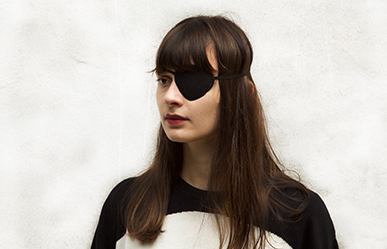
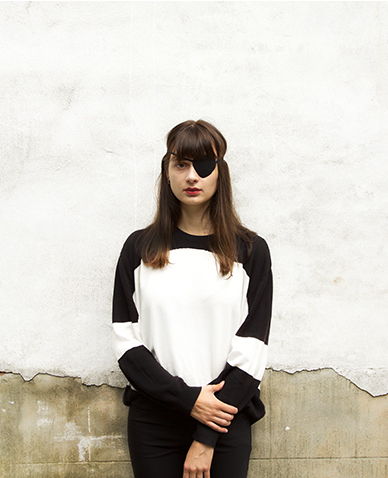
When excessive near work on computers and other digital devices sustain, those complaints can emerge. This does not only have a big impact on the visual system but also physical discomfort can arise .
- Headaches
- Neck pain
- Shoulder and back pain
These inconveniences often go hand in hand with a shorter attention span and general fatigue.
These particular complaints are defined as “digital eye syndrome”.
A behavioral optometrist will approach these visual disorders through re-adapting a proper visual attitude.
06
Visual Hygiene
Students and working people frequently experience pressure to perform well. They often sit in the same position for too long while working.
Many times there is much room for improvement on their working and writing position during stress related tasks.They stay in this forced position for too long and fixate their eyes too closely.
This leads to visual complaints.
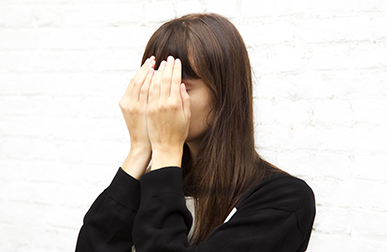
The eyes have to focus excessively, because of the shortened viewing distance. The coordination between the eyes also undergoes much stress, because the eyes converge for too long.
These two elements continually put pressure on the visual system to maintain this near sighted work. An extra stressful factor is looking and working on mobile applications, because many people forget the importance of the looking and working posture. Working on screens for too long also exhausts the eyes.
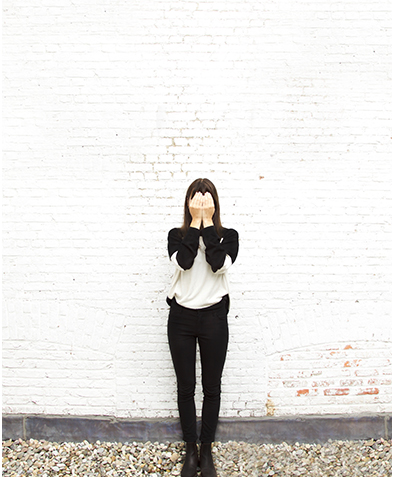
The behavioral optometrist stresses the importance of visual hygiene. This means that they focus on the ideal reading and writing posture. When you hold the reading or writing material on a flat surface, you often bend your head to read in a parallel with the material. This is a natural reflex. As a result the body will take a position, which shortens the distance between the eyes and the working surface. The neck will also get tense.
The ideal alignment is a working surface, which is set at an angle of 20°. This way the face is in a parallel alignment with it. As a result, the pressure on the upper vertebrae is reduced, which causes a more comfortable working position.
Not only a good reading posture, but also the distance between the eyes and working surface should be respected. The perfect distance between these two to reduce visual tension is the distance between the knuckle of the middle finger and the elbow.
07
Digital
Screens and
Vision
The last decades our reading and viewing habits have changed drastically, mainly because of the uprising of digital screens. Our reading behavior has evolved from reading books and magazines at certain times of day to permanently looking and reading on screens such as computers, tablets or smart phones. This has almost become a non stop activity, which starts when we wake up and ends when we go to sleep.
Several American studies show that most children between 8 and 18 approximately spend 4 hours of their day looking at digital screens. Adults between 20 and 30 years old prominently spend their spare time on the internet (work, circumstances, games, online shopping, emails, texting and apps), which results in approximately 9 hours per day spent looking at screens. This means more tension and stress for the visual system.
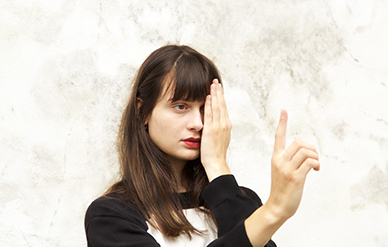
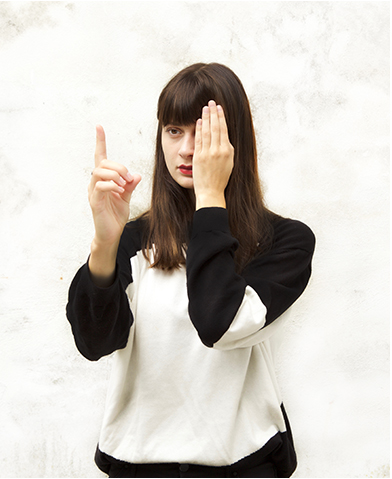
The differences between looking at a digital screen and the hard copy (printed reading material) are the following:
- The shortened reading distance: when reading on a smart phone or tablet we usually obtain a distance between 20 cm and 30.5 cm. When reading a printed text we keep a distance of 33 cm or more.
- The blinking frequency is less (7 times per minute) and the movements of the eyes are limited opposed to when we read from a hard copy (15 times per minute).
- The reading periods are too long in comparison to printed material, because the internet has so much to offer. This makes us dependent on the appliance.
- Excessive exposure to the blue light that comes from led screens, which amplifies the symptoms of visual stress (see ‘digital eye’ ) and also increases the occurrence of sleeping disorders, because we produce less melatonin (sleeping hormone).
These important differences lead to visual stress, which can cause difficulties in concentrating, visual and physical discomforts.
Consider taking breaks during computer work: look at a distance of 6 meter for 20 seconds after every 20 minutes. An even better alternative is to do a digital detox.